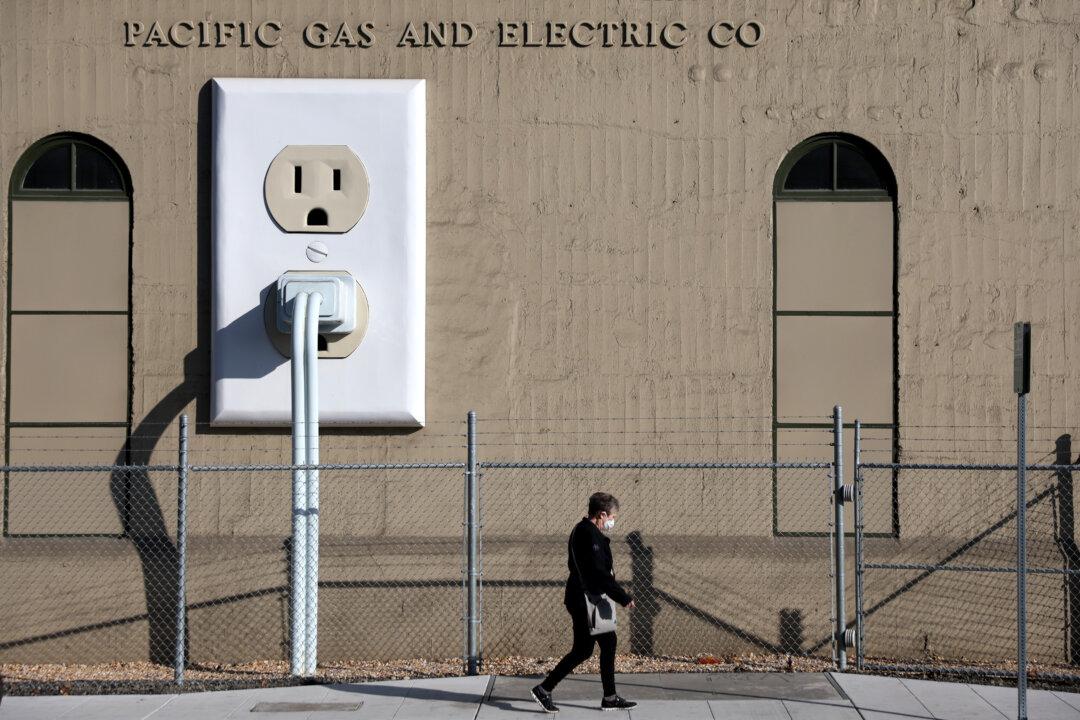Three of California’s largest electricity providers are proposing a new billing system that would charge customers according to their income.
Pacific Gas and Electric (PG&E), Southern California Edison, and San Diego Gas and Electric submitted a joint application to the California Public Utilities Commission (CPUC) April 10.





